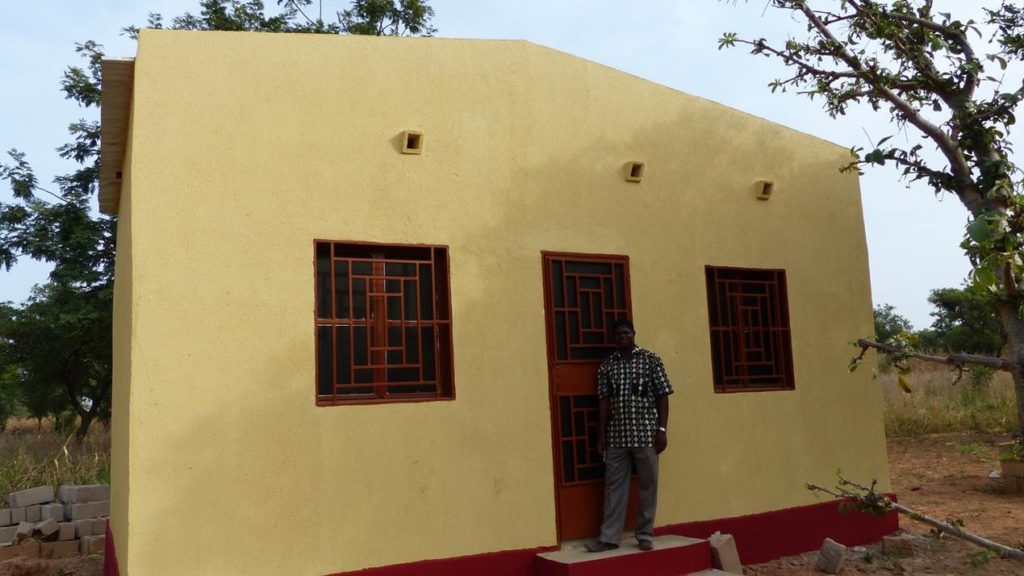From my point and shoot camera, the Canon Prima AS-1, I have developed my first roll of film and the images achieved from the roll of 36 exposures were both successful but unsuccessful considering this is the first time I have used the camera – a handful of the images were not of good quality as the flash was stunned in images where it didn’t need to be, resulting in low quality images where subjects are washed out. However, most of the images came out very well, including the ones below, which I intend to use in my project as diptychs. I will use this first experience with my retro camera as a learning curve where I was getting use to how it works and what the best settings were, even though it is a point and shoot. I will, next time, use the flash on lesser occasions to get sharper and clearer images.
The roll of film developed was used gradually over the period of about 3 months and of these 36 exposures, quite a few were from mine and my girlfriend’s trip to Sark, our neighbouring island for a couple of days. The first 4 images you see below are from this trip and are 4 images I hope to use in my project to represent an aspect of mine and my girlfriend’s relationship.
The first set of images consists of two photographs, a portrait of Lucy on the sunny day it was with a seascape as the background. The second image of this particular diptych is of the seascape alone where you can see a couple of rocks within the ocean and, in the foreground, some greenery from the cliff we were on. I believe these two images work well together as it shows a portrait and then the landscape which as originally partly blocked by the portrait – this I s why they work well together as they include the same colours and same content. The two images below are full of vibrant colours as well as shadows and dark contrasts.

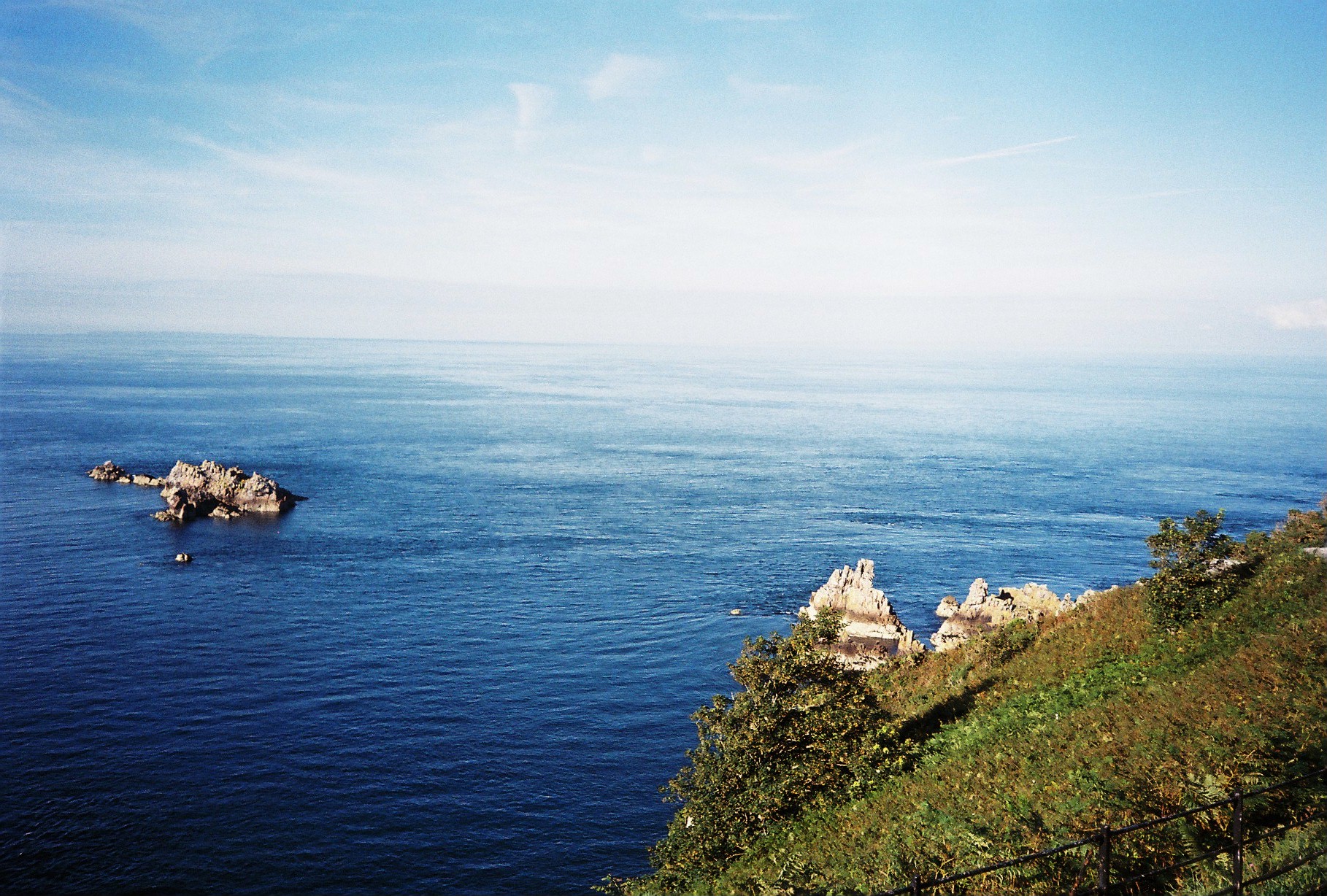
The two images below act as my second diptych from our time in Sark, however, this time, the subject I myself and it follows the same sequence as before. The first image is a portrait of myself, taken by Lucy and it is a side profile of me looking out to a landscape, on a different day to the above occasion.
The second image below the portrait is of the landscape I ma looking out at. It follows the same concept as the above images where the portrait is the primary image and then the full landscape is revealed.
As to as taken on a different day to the above images, the colour palettes and temperatures are different and this time, the look is more gazed – as if the colours are more faded out and there was less sun on this day as it looks more foggy and misty but this adds a different mood to the diptych – one which presents a variety of washed out neutrals of beige, white and greys in the sky bit also in the sea.
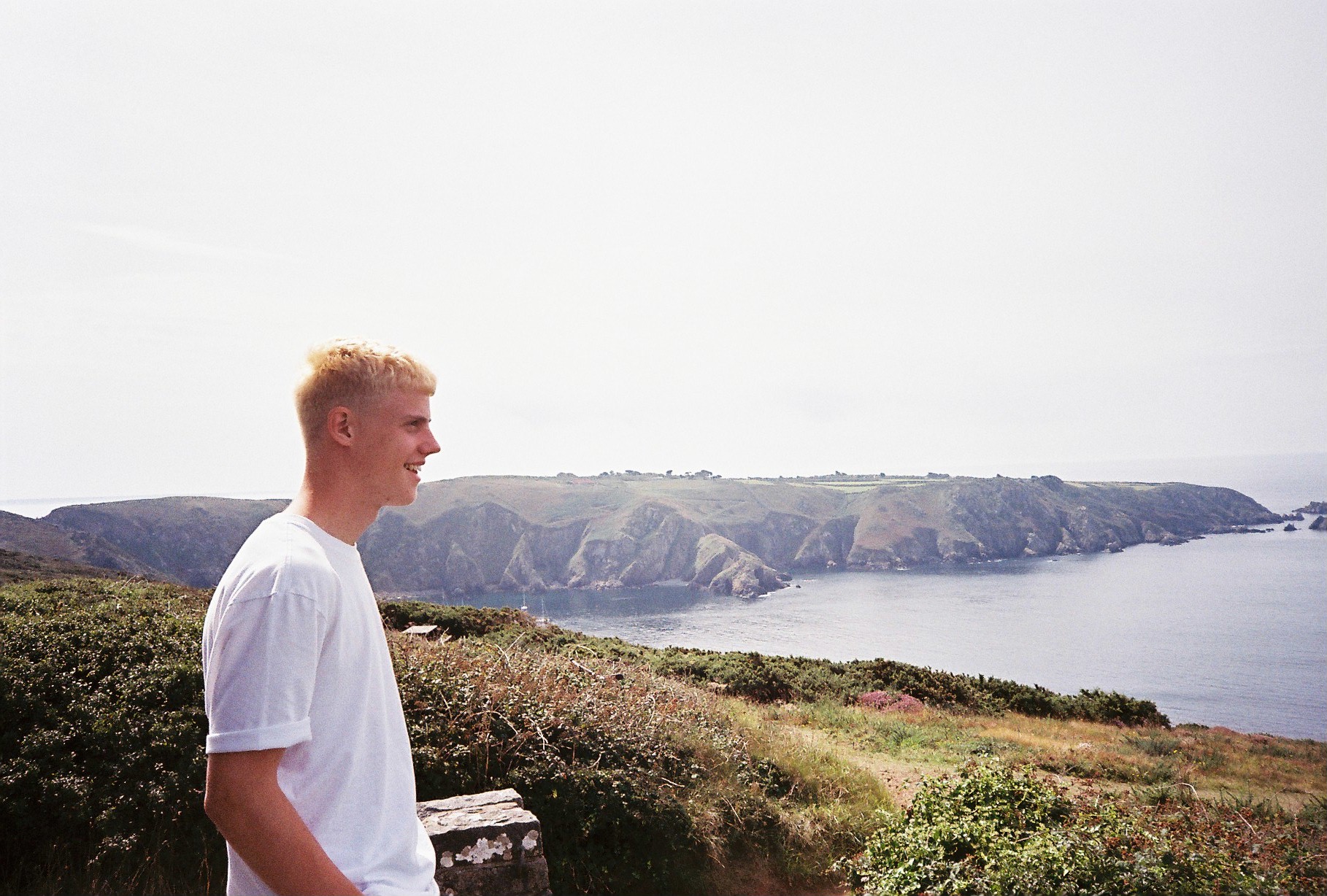

I believe that the images below can also work in a diptych, however, they may look better presented separately considering they are of two different scenes.
The first is an image, taken on a day out to Tamba Park with my sister and girlfriend. It’s an image which includes myself and my sister at the top of a slide in the park. You can see myself looking, smiling at Minnie while she pulls a cheesy grin to the camera.
The second image includes Lucy and Minnie both mid-laugh as Minnie slides down the fireman’s pole – an image I love but could do with cropping a little. They both, again, show relationships between us all – my relationship with Minnie and Minnie’s relationship with Lucy. The sense of intimacy as well as fun and playfulness is the underlying theme in thee two photographs and they work well to show the notion of being young again and enjoying yourself – youth prevails. It can also be a metaphorical reverse of my childhood when I used to play in parks with my parents. Now, me being the adult, I find myself being a child again with my own sister at such a tender age she is at – she reminds me of myself and this is representative in the first image of myself looking at her as we prepare to launch ourselves down the slide.

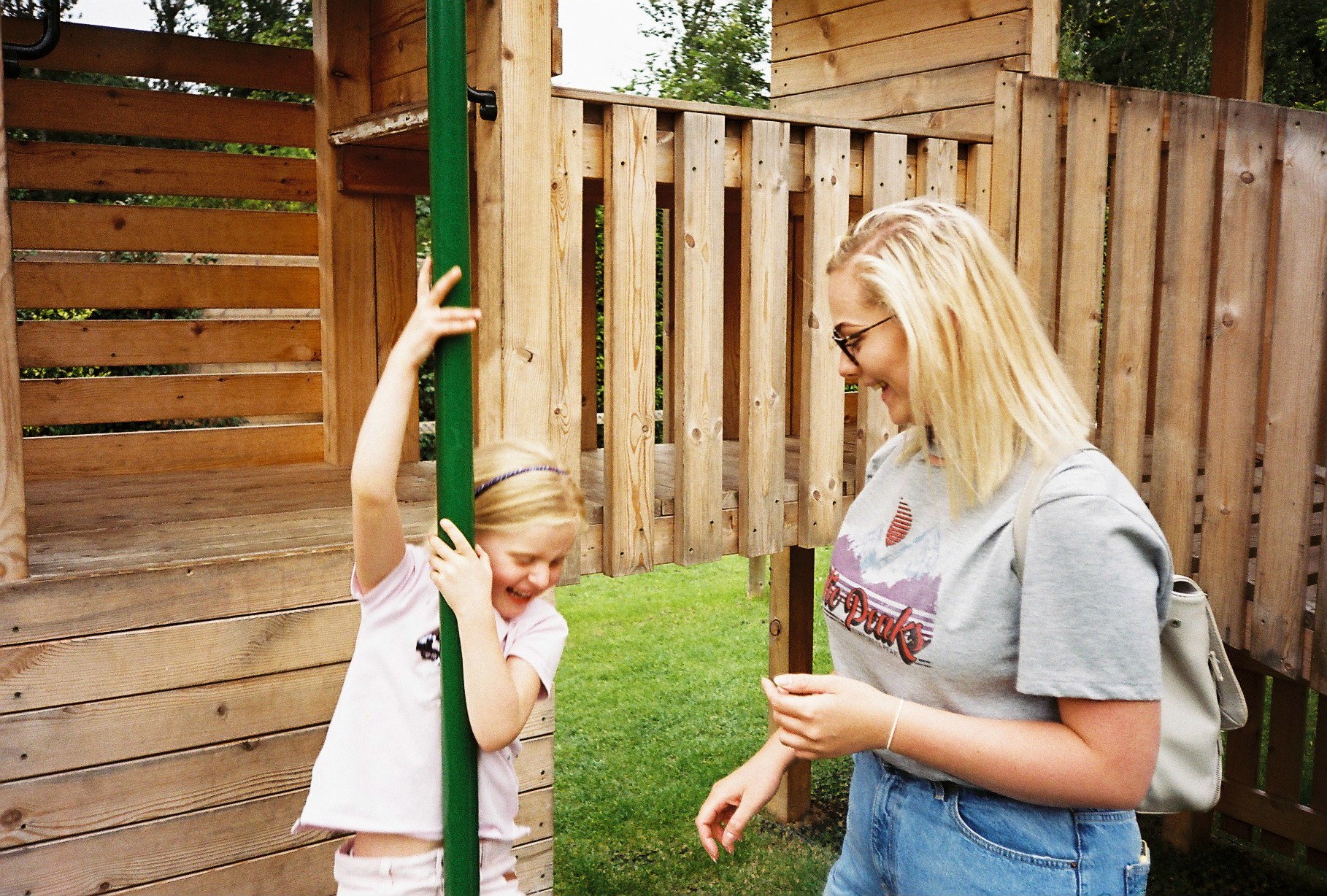
This was another image I came across from the roll of film developed which I had forgotten I had taken but shows the process of when myself, my mum and my step-dad moved house form St Brealde’s to Grouville. The image frames the pick-up truck we used to transfer old and unwanted furniture to the dump. It is an image which may useful when encapsulating the use of loss at the very start when looking at my mum and dad’s divorcee – as we pack up our belongings and prepare to lead a new life somewhere else with new surroundings. We are getting rid of unwanted things and it reiterates the idea of being attached to something so dearly but eventually, you have to let go of that thing which was so important in your life – a house or a partner.

These images remind of that of Arno Brignon’s from her series focusing on her daughter, Josephine due to the graininess which I achieved from the film camera and the vibrant yet hazed colour palettes with observations of darkened contrasts.

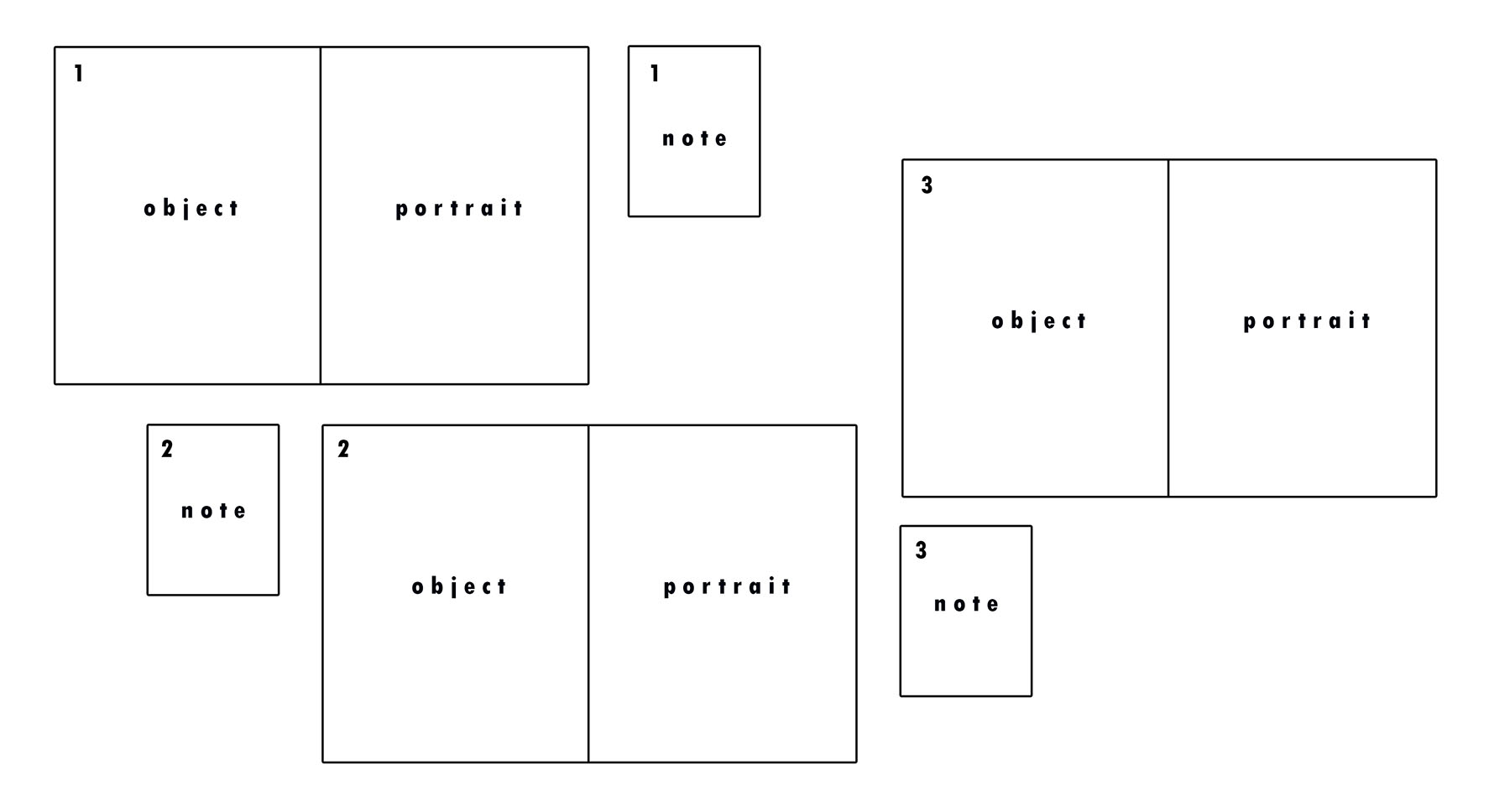
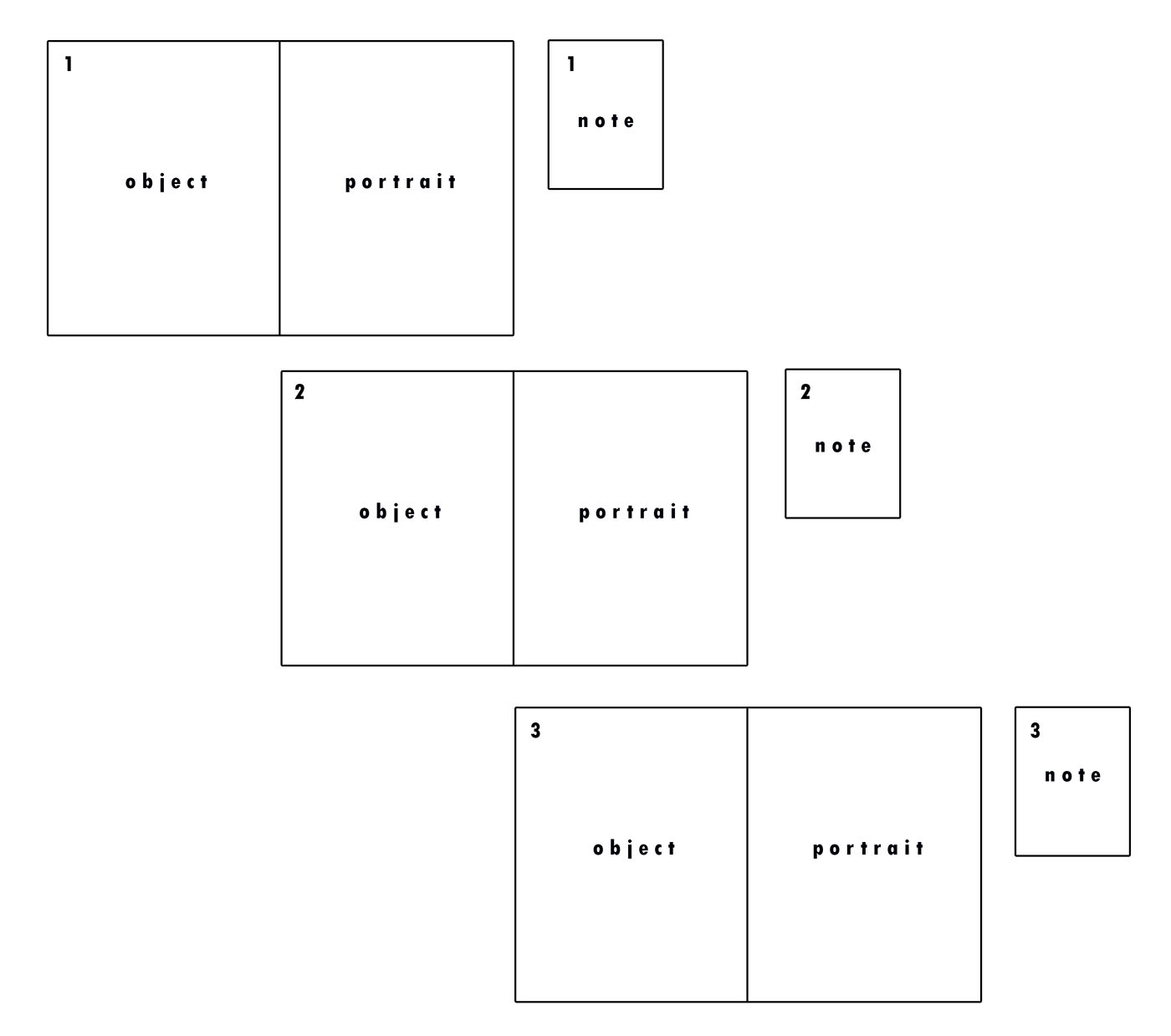
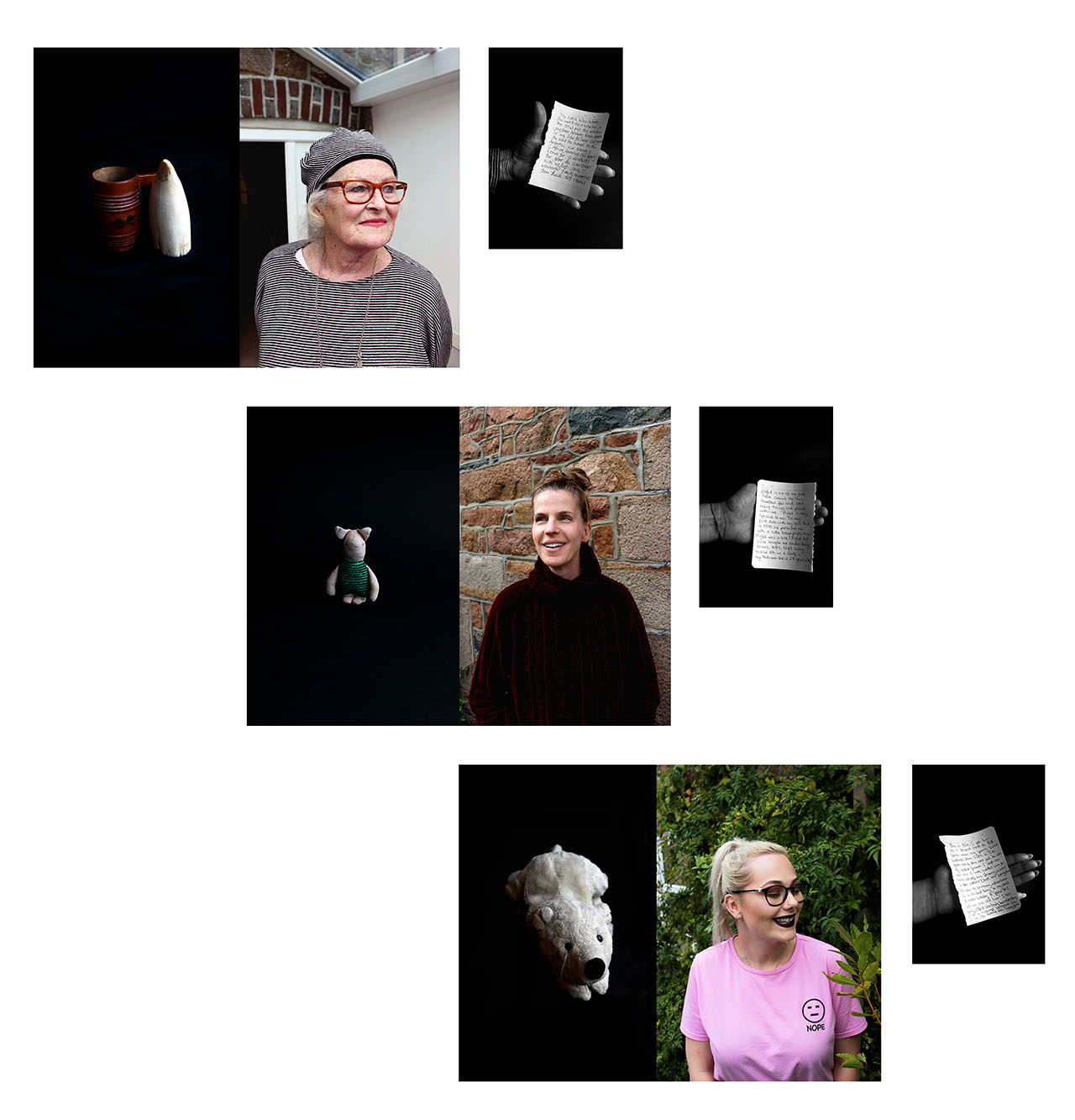


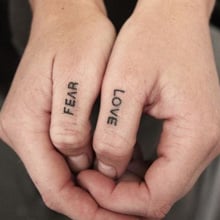


 “TO MY DARLING ALEX,
“TO MY DARLING ALEX, “TO MY DARLING KATHERINE
“TO MY DARLING KATHERINE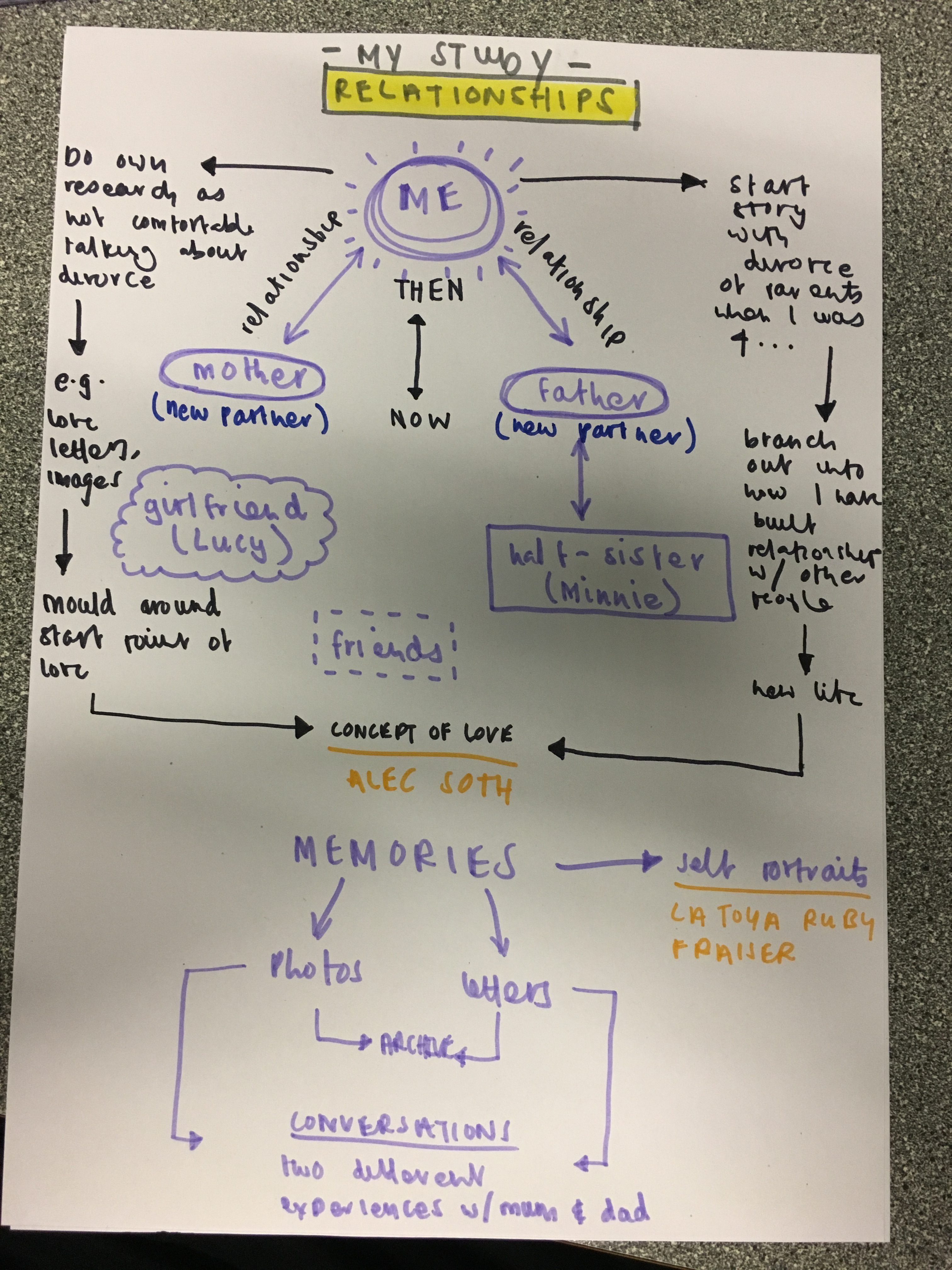

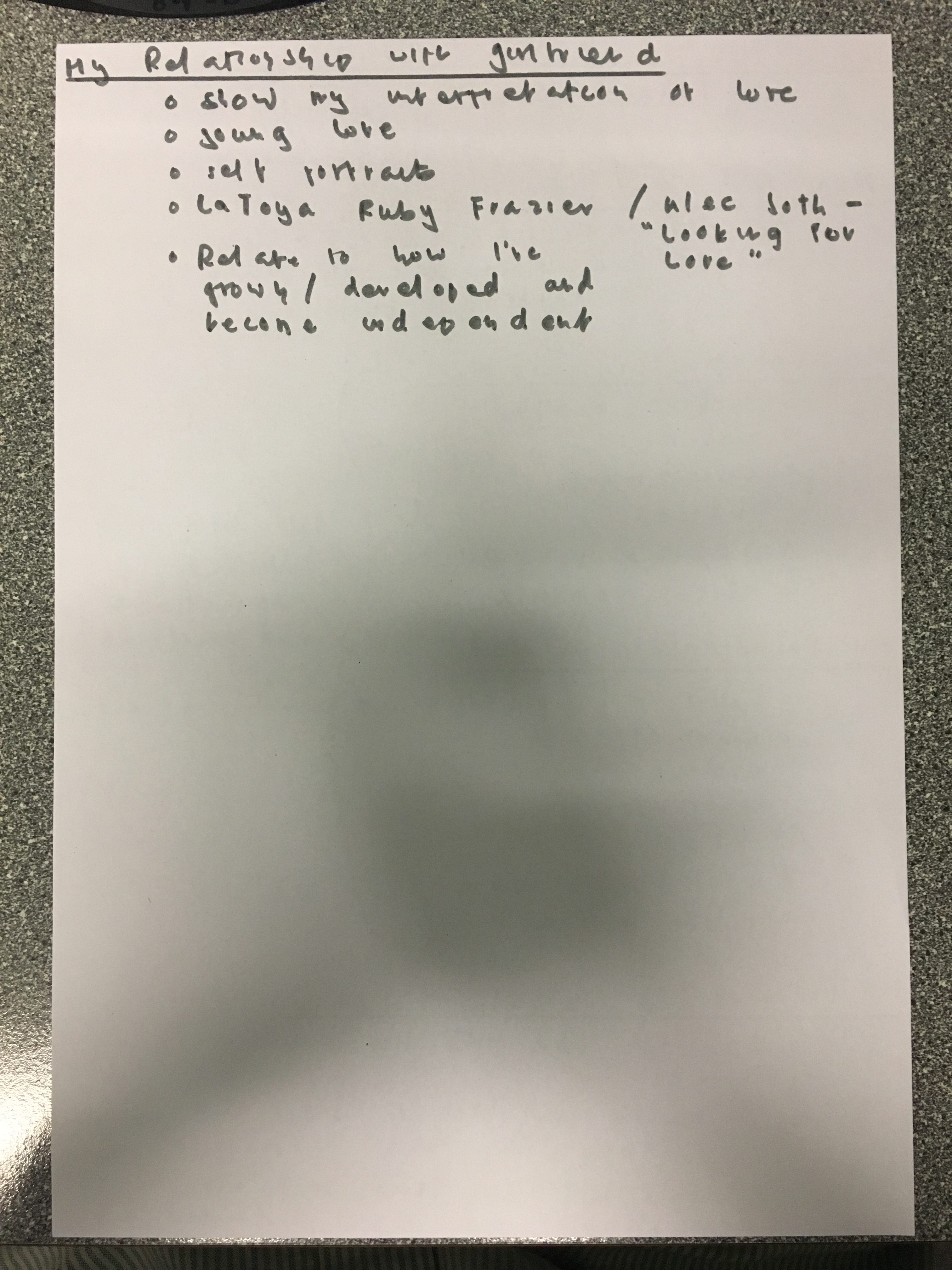




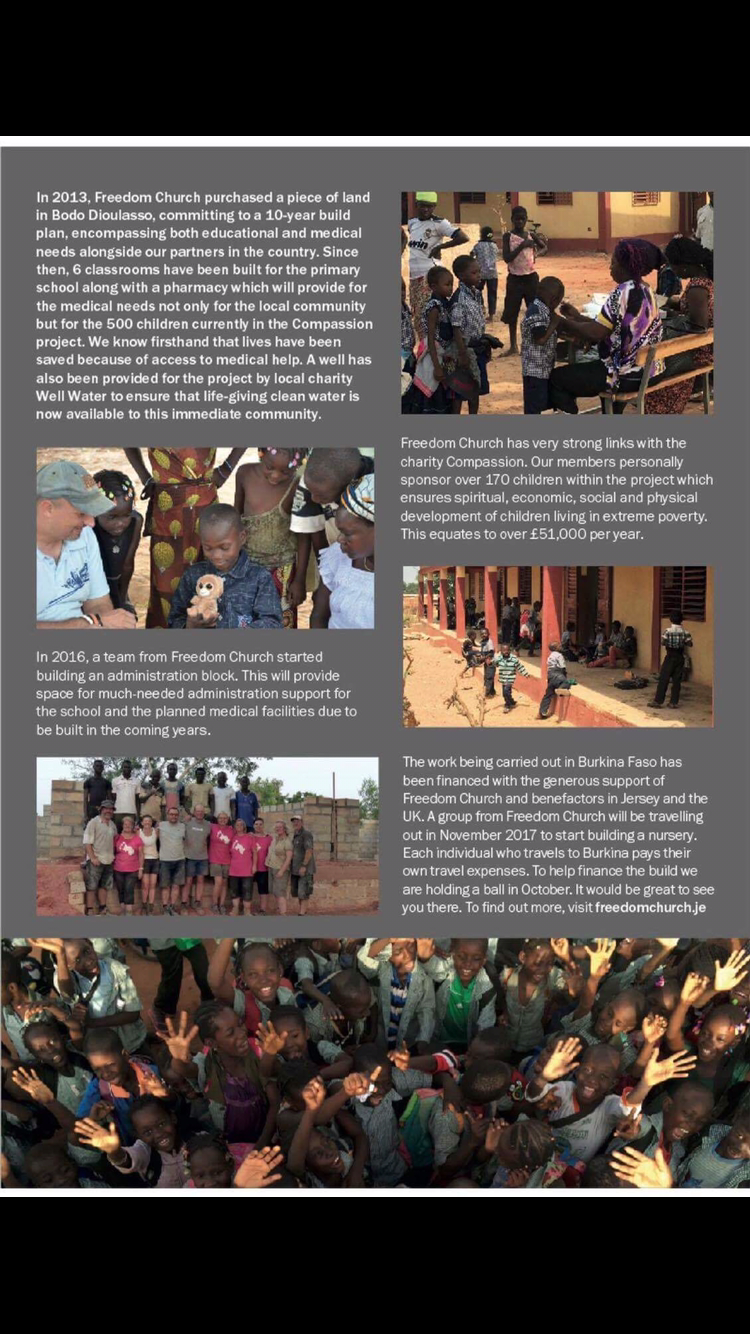




 ion in Burkina Faso are inexact because Islam and Christianity are often practiced in tandem with indigenous religious beliefs. The Government of Burkina Faso 2006 census reported that 60.5% of the population practice Islam, and that the majority of this group belong to the Sunni branch,
ion in Burkina Faso are inexact because Islam and Christianity are often practiced in tandem with indigenous religious beliefs. The Government of Burkina Faso 2006 census reported that 60.5% of the population practice Islam, and that the majority of this group belong to the Sunni branch,






